Imagine standing atop a rugged bluff with the wind whipping past as you gaze out over endless, jagged spires and striped hills. Beneath your feet, hidden within the sunbaked earth, lies a prehistoric world teeming with giants—creatures that ruled the land long before humans ever set foot on the plains. Welcome to South Dakota’s Badlands, a land where ancient bones whisper secrets of a lost age and where every stone might hold a piece of our planet’s dramatic story. The Badlands are not just a breathtaking landscape; they are one of the world’s richest fossil beds, a place where time stands still, waiting for us to uncover its mysteries.
The Badlands: A Window Into Deep Time
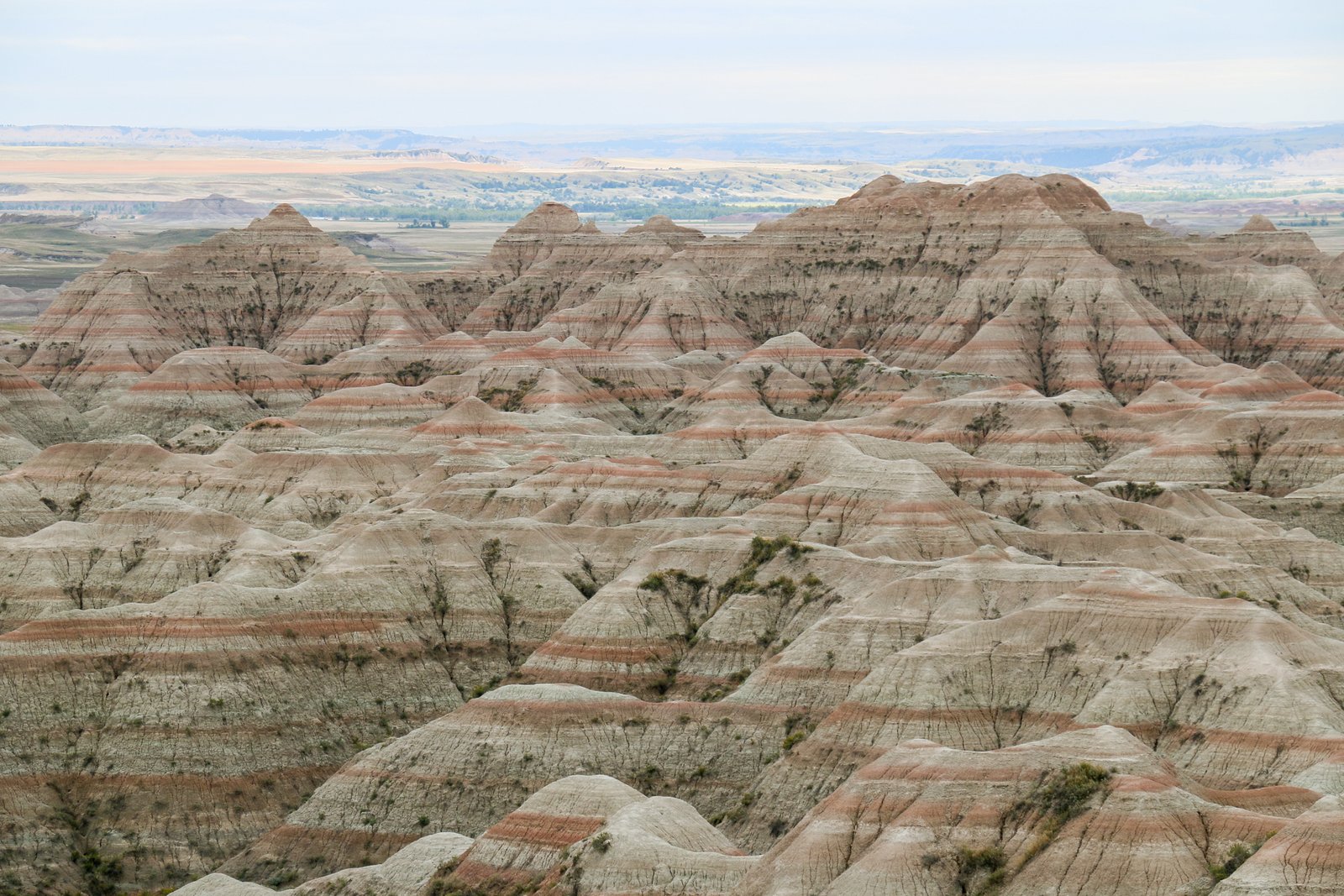
The Badlands may look harsh and desolate, but this region is a living museum of the past. The striking rock formations are actually layers of ancient sediment, each one preserving a snapshot of a vanished world. Geologists believe these rocks date back as far as 75 million years, spanning periods when the area was submerged under a shallow sea and later transformed into lush forests and savannas. Every layer tells a different chapter of Earth’s history, making the Badlands a natural archive that scientists are still working to decode.
Why Are the Badlands So Fossil-Rich?

Few places on Earth rival the Badlands for the sheer abundance and variety of fossils. The region’s unique geology is responsible for this fossil feast. Over millions of years, rivers and wind carved the soft sedimentary rock, exposing ancient bones that were once buried deep underground. Flash floods and erosion continue to unearth new fossils every year, offering paleontologists a constantly renewing treasure trove. The Badlands’ climate also helped preserve these remains, with rapid burial protecting bones from scavengers and decay.
The Giants of the Oligocene: Meet the Titans

When people think of prehistoric giants, dinosaurs often come to mind. But in the Badlands, it’s the bizarre and gigantic mammals of the Oligocene epoch—about 34 to 23 million years ago—that steal the show. Creatures like the rhinoceros-like Subhyracodon and the massive, horned Brontothere once thundered across these plains. These animals were some of the largest mammals of their time, dwarfing most of today’s wildlife and painting a picture of a world both familiar and utterly strange.
Fossil Hunters: From Indigenous Peoples to Modern Scientists
The Badlands’ fossils have fascinated people for centuries. Long before formal science arrived, Indigenous peoples noticed strange bones weathering out of the hills and wove them into their stories and traditions. In the late 19th century, fossil hunters and scientists descended on the region, sparking what became known as the “Bone Wars”—a dramatic race to discover and name new prehistoric species. Today, paleontologists from around the world still flock to the Badlands, each hoping to make the next big discovery.
Ancient Horses: The Tiny Ancestors of Today’s Stallions
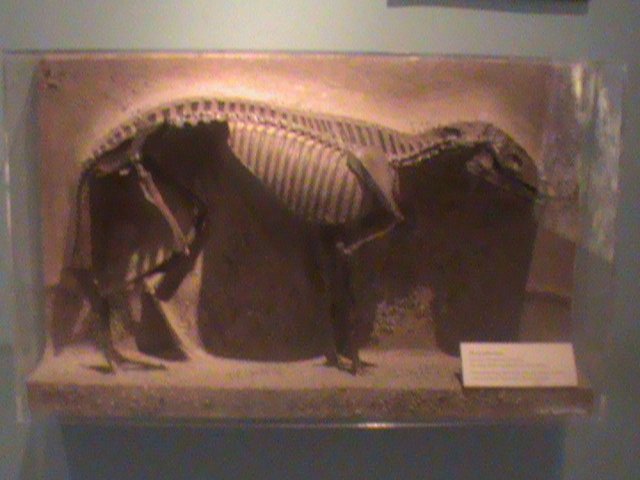
One of the most surprising finds in the Badlands is the fossilized remains of ancient horses. Unlike the powerful steeds we know today, these early horses were the size of small dogs, with toes instead of hooves. Their evolution can be traced layer by layer through the Badlands’ rocks, allowing scientists to piece together how these animals adapted to changing climates and habitats. The story of the horse’s transformation is a powerful example of evolution in action, hidden in plain sight beneath the South Dakota soil.
The Saber-Toothed Cats: Ferocious Predators of the Plains
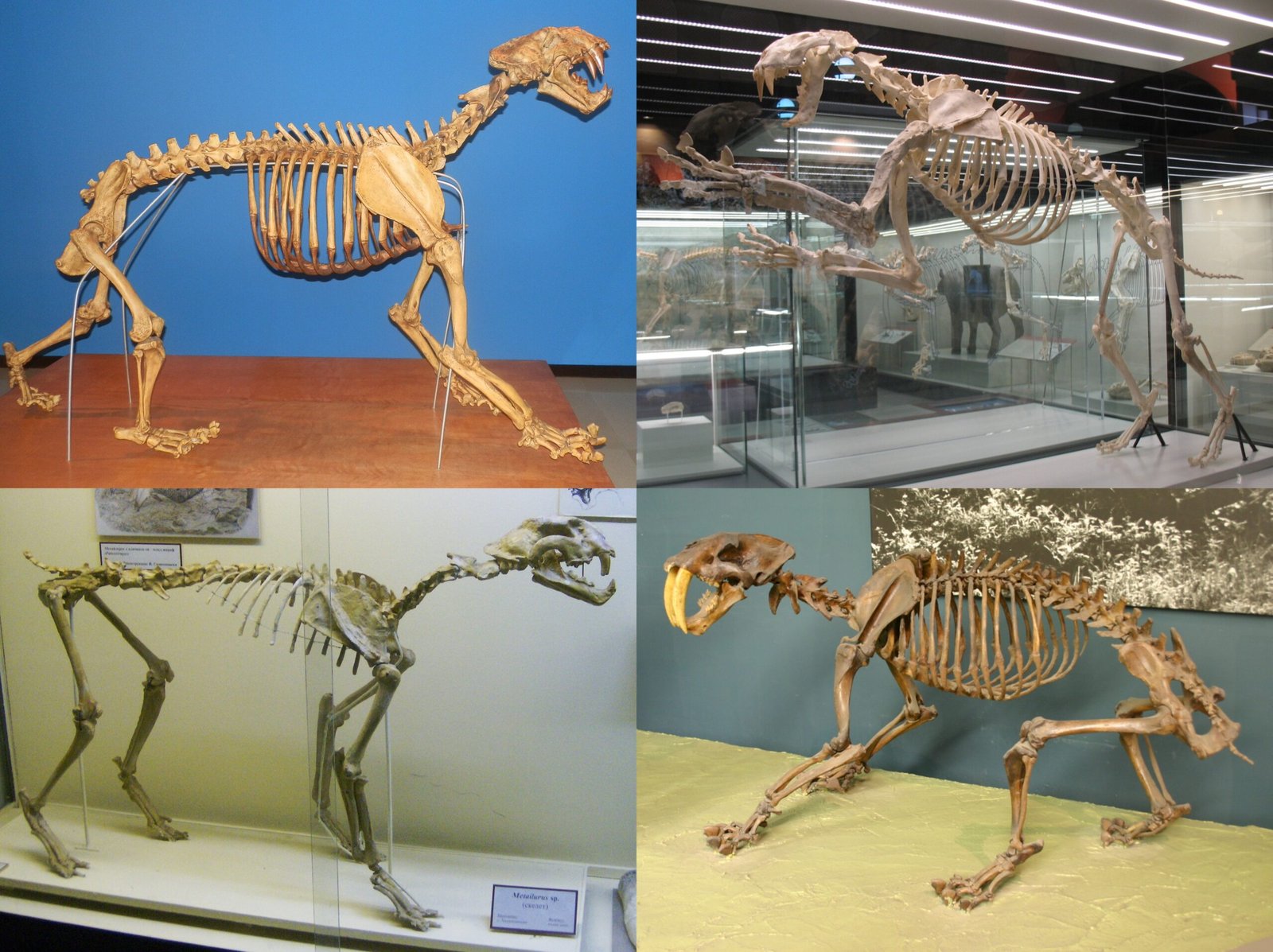
The Badlands once echoed with the roars of saber-toothed cats, fearsome predators with elongated, dagger-like teeth. These ancient hunters, such as Hoplophoneus, stalked the Oligocene grasslands, preying on the region’s abundant herbivores. Their fossilized skulls, with their dramatic fangs, offer a chilling reminder of the brutal struggle for survival that shaped this ancient ecosystem. These cats were the top predators of their time, ruling a world that was as deadly as it was diverse.
Strange and Wonderful Brontotheres

Brontotheres were among the true giants of the Badlands. These massive herbivores, sometimes called “thunder beasts,” weighed as much as two tons and sported distinctive Y-shaped horns on their snouts. Despite their intimidating appearance, they were gentle grazers, moving in herds across prehistoric floodplains. Their fossils, some of the largest found in the region, have provided invaluable insights into the lives and behaviors of ancient mammals.
Ancient Camels: Survivors of a Lost World
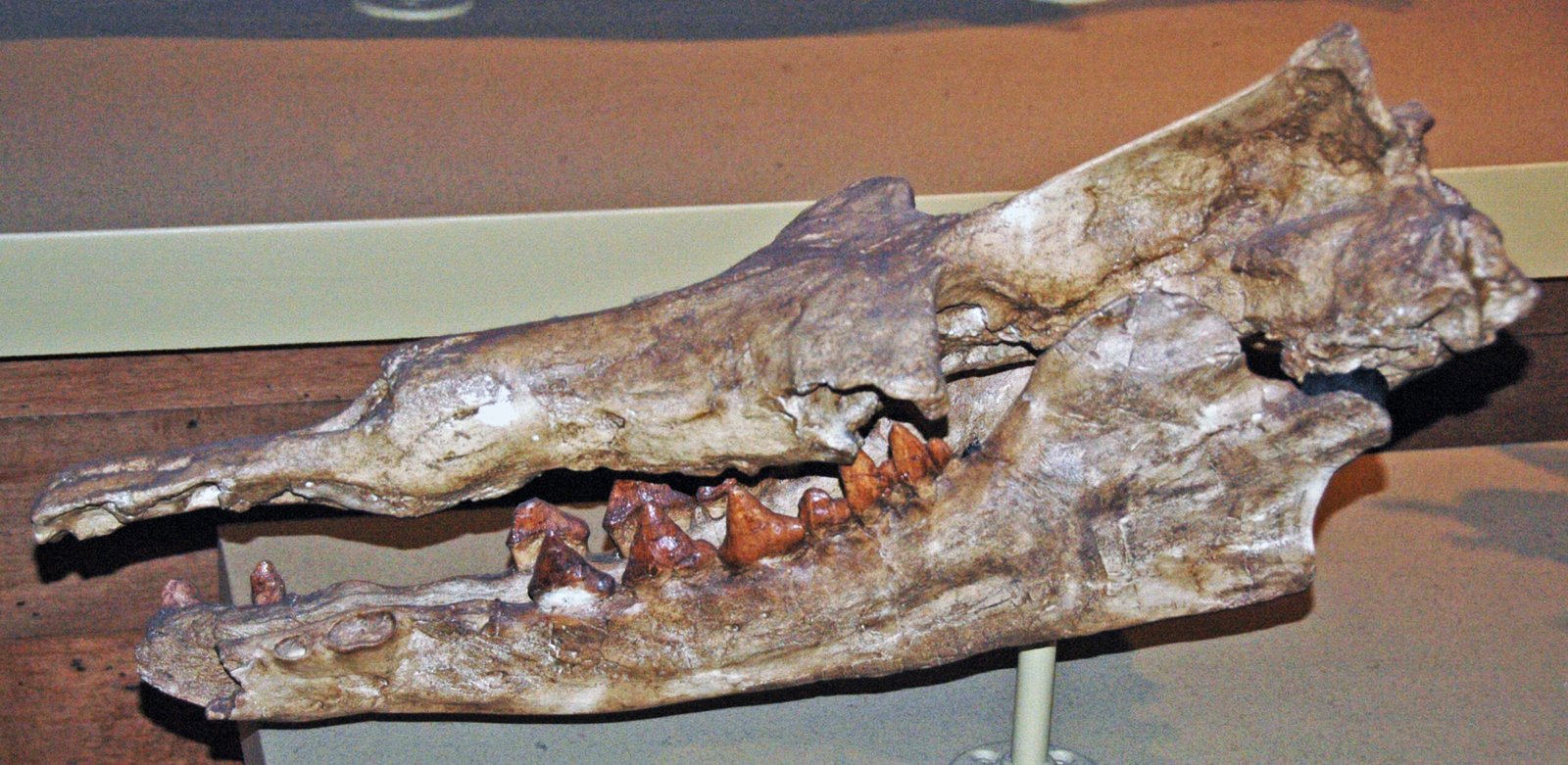
It’s hard to believe, but camels once roamed North America, including the Badlands. Fossils of the genus Poebrotherium show that these early camels were much smaller and more slender than their modern descendants. Adapted to a variety of environments, they were resilient creatures, able to survive both lush forests and arid grasslands. Their bones are a testament to the ever-changing nature of life on Earth, reminding us that even the most familiar animals have surprising origins.
Prehistoric Rhinos: Not Just for Africa and Asia

Rhinos are often associated with Africa and Asia, but their ancient relatives once thrived in North America. The Badlands are famous for fossils of Menoceras, a small, two-horned rhinoceros that grazed ancient prairies. These rhinos were social animals, living in herds and shaping the landscape much like today’s bison. Their presence in South Dakota challenges our assumptions about where these animals belong and highlights the dynamic history of mammals on this continent.
Giant Tortoises: Slow-Moving Survivors
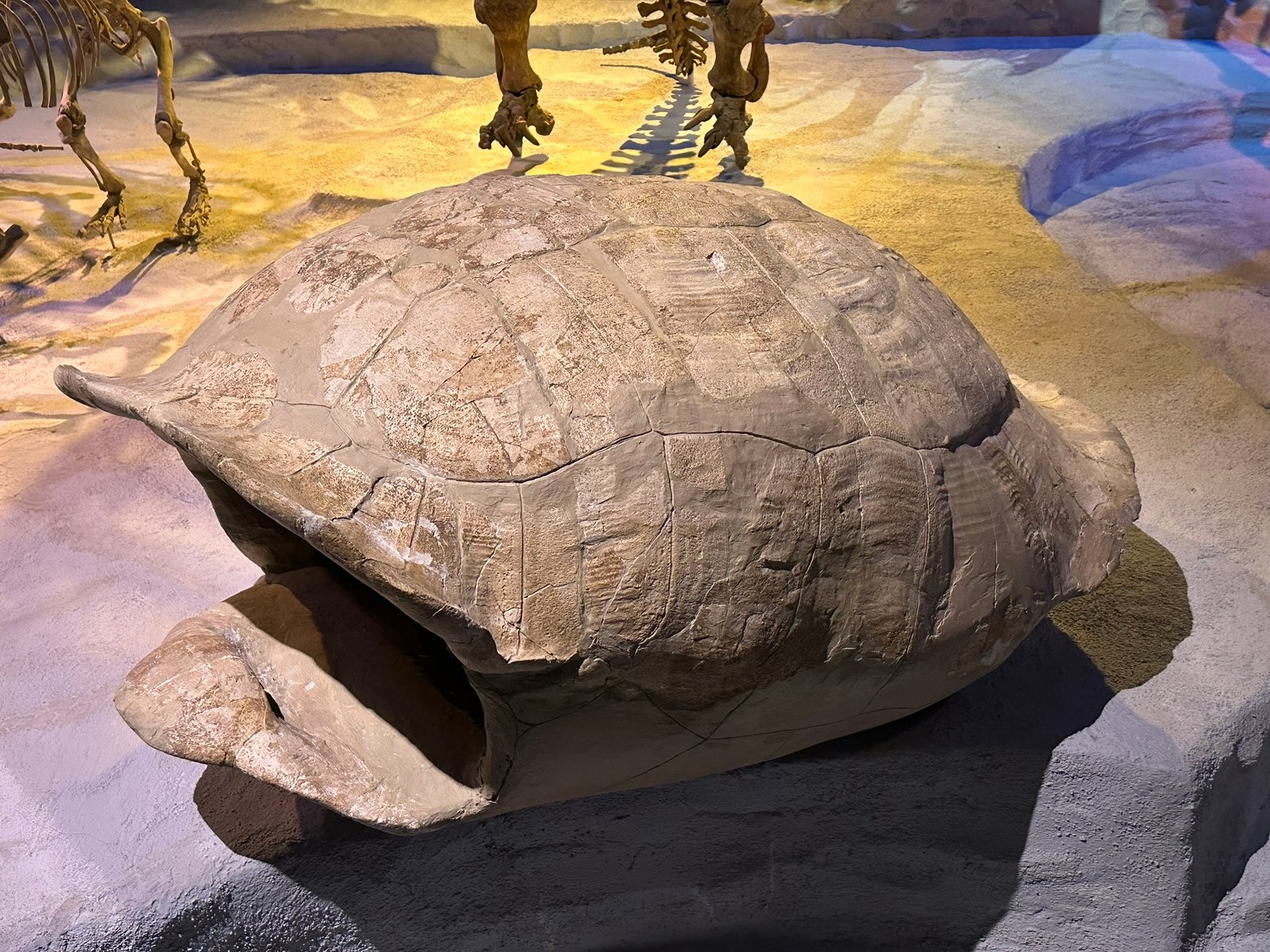
The Badlands were once home to gigantic tortoises that lumbered through the prehistoric forests. These massive reptiles, some reaching the size of bathtubs, were built for endurance, able to survive in a range of climates. Their fossilized shells, often perfectly preserved, provide clues about ancient temperatures and environments. Studying these ancient tortoises helps scientists understand how animals adapt to changing worlds—a lesson that feels especially relevant today.
Early Dogs: From Wild Hunters to Loyal Companions
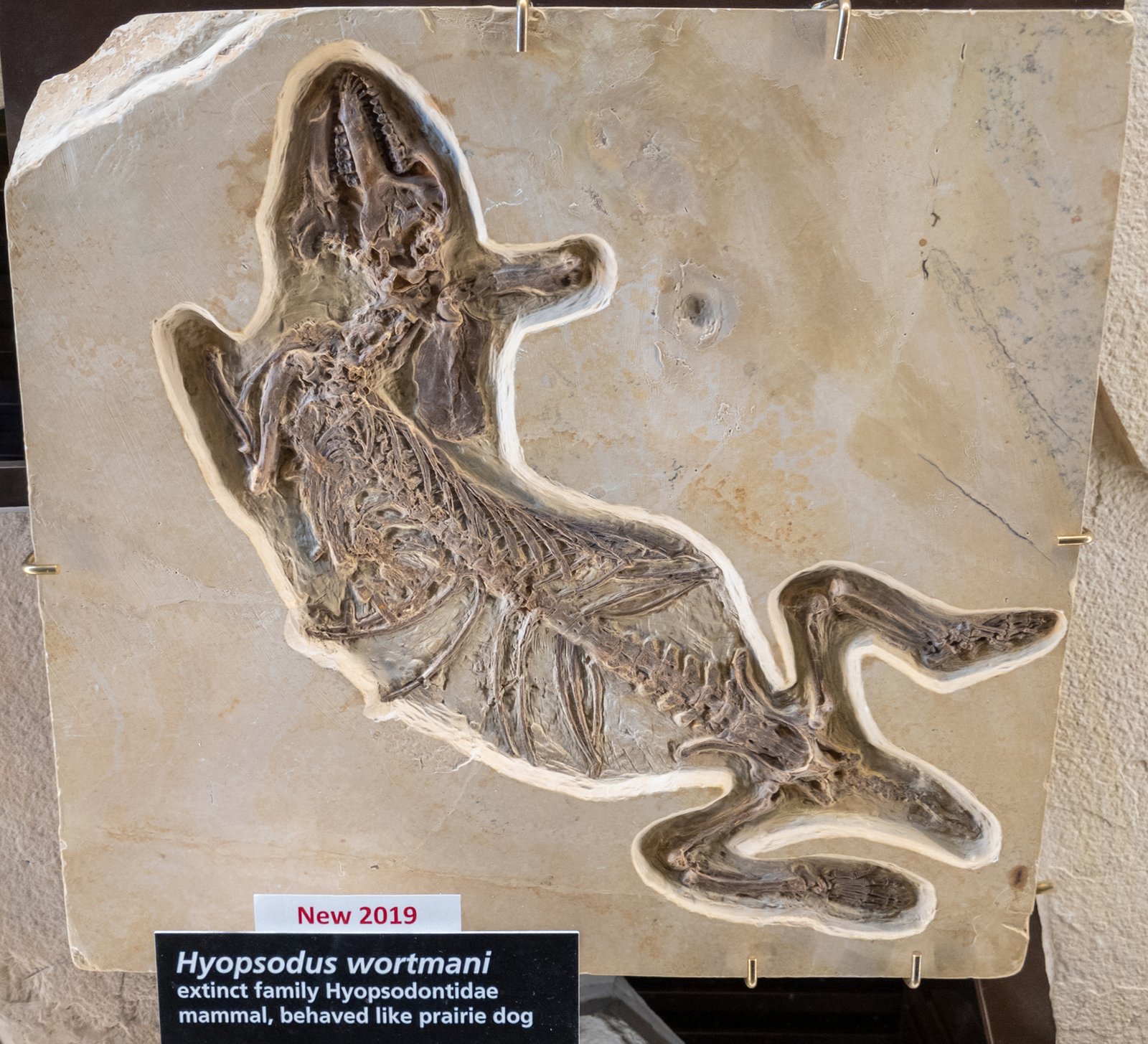
The ancestors of today’s dogs got their start in places like the Badlands. Fossils from the family Hesperocyonidae show that these early canids were small, agile hunters, more like weasels than modern wolves. Over millions of years, these primitive dogs evolved, adapting to new prey and environments. The Badlands’ fossils allow researchers to trace this incredible journey, from wild hunter to household companion—a story that resonates with anyone who’s ever loved a dog.
Birds of Prey: Masters of the Ancient Skies
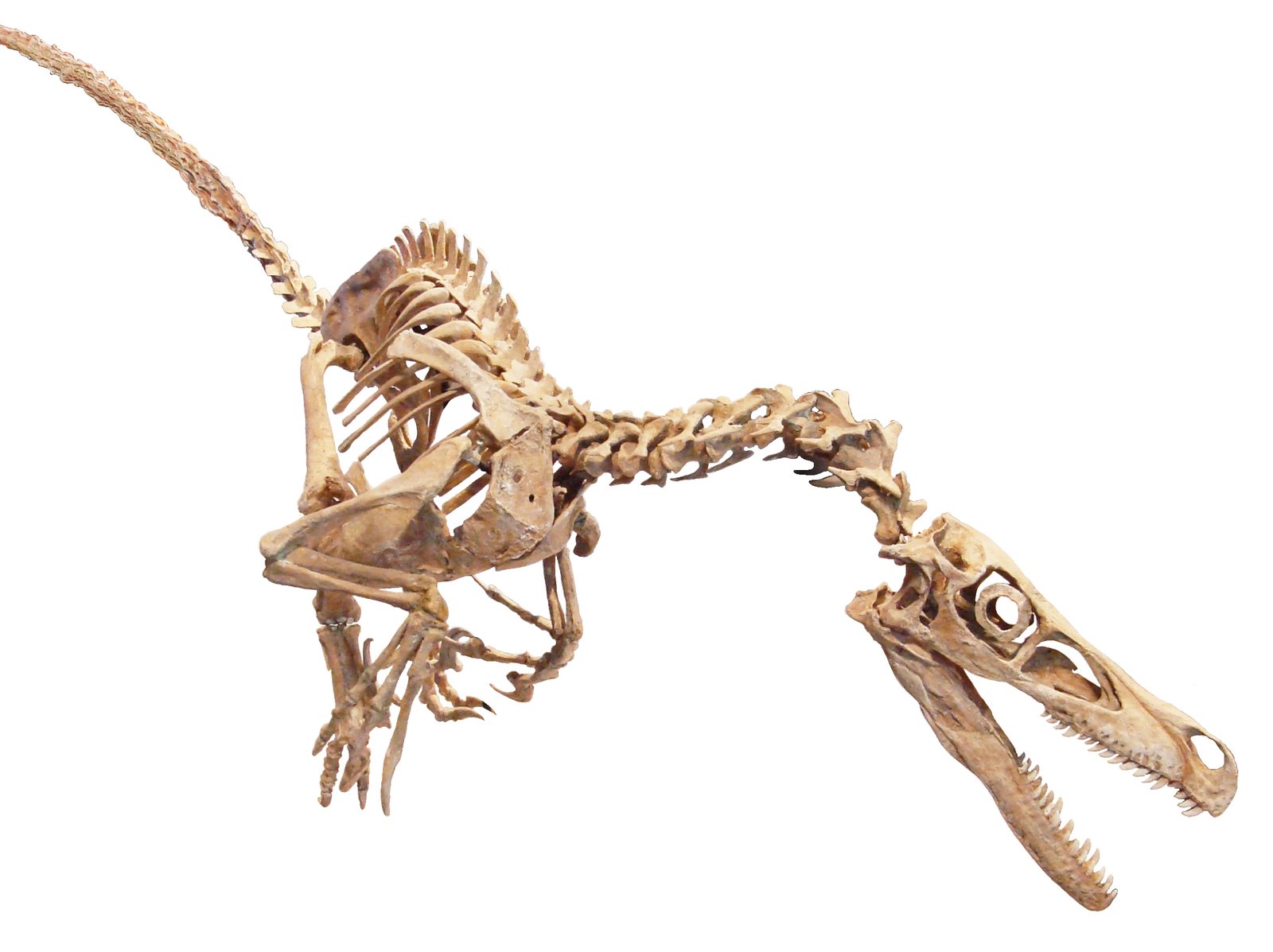
Not all the Badlands’ giants walked on land. The skies above this region were once ruled by enormous birds of prey, some with wingspans rivaling modern eagles. Fossil evidence points to giant vultures and predatory birds that soared over the plains, scavenging carcasses and hunting smaller animals. These ancient aviators left behind delicate bones and occasionally even fossilized feathers, offering a glimpse into the aerial battles of a lost world.
Ancient Crocodilians: Predators of the Waterways
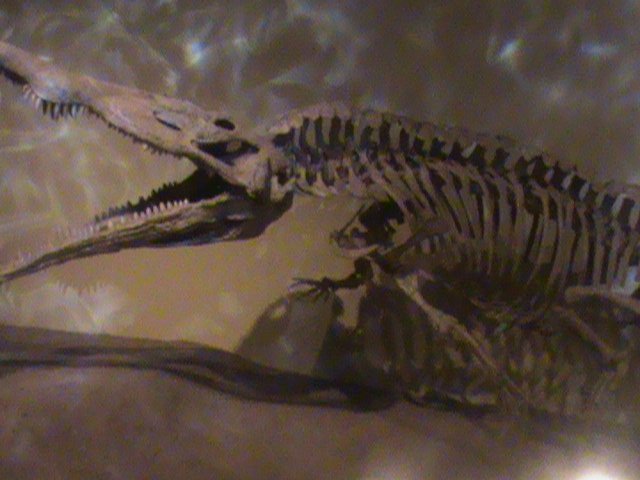
Long before alligators and crocodiles became symbols of tropical swamps, their ancestors patrolled the rivers and lakes of prehistoric South Dakota. Fossils of ancient crocodilians found in the Badlands suggest these reptiles were formidable ambush predators, lurking in shallow waters to snap up fish and unwary mammals. Their teeth and armor-plated skin have survived for millions of years, testifying to the resilience of this remarkable family of reptiles.
Rare Fossil Plants: The Lost Forests of the Badlands
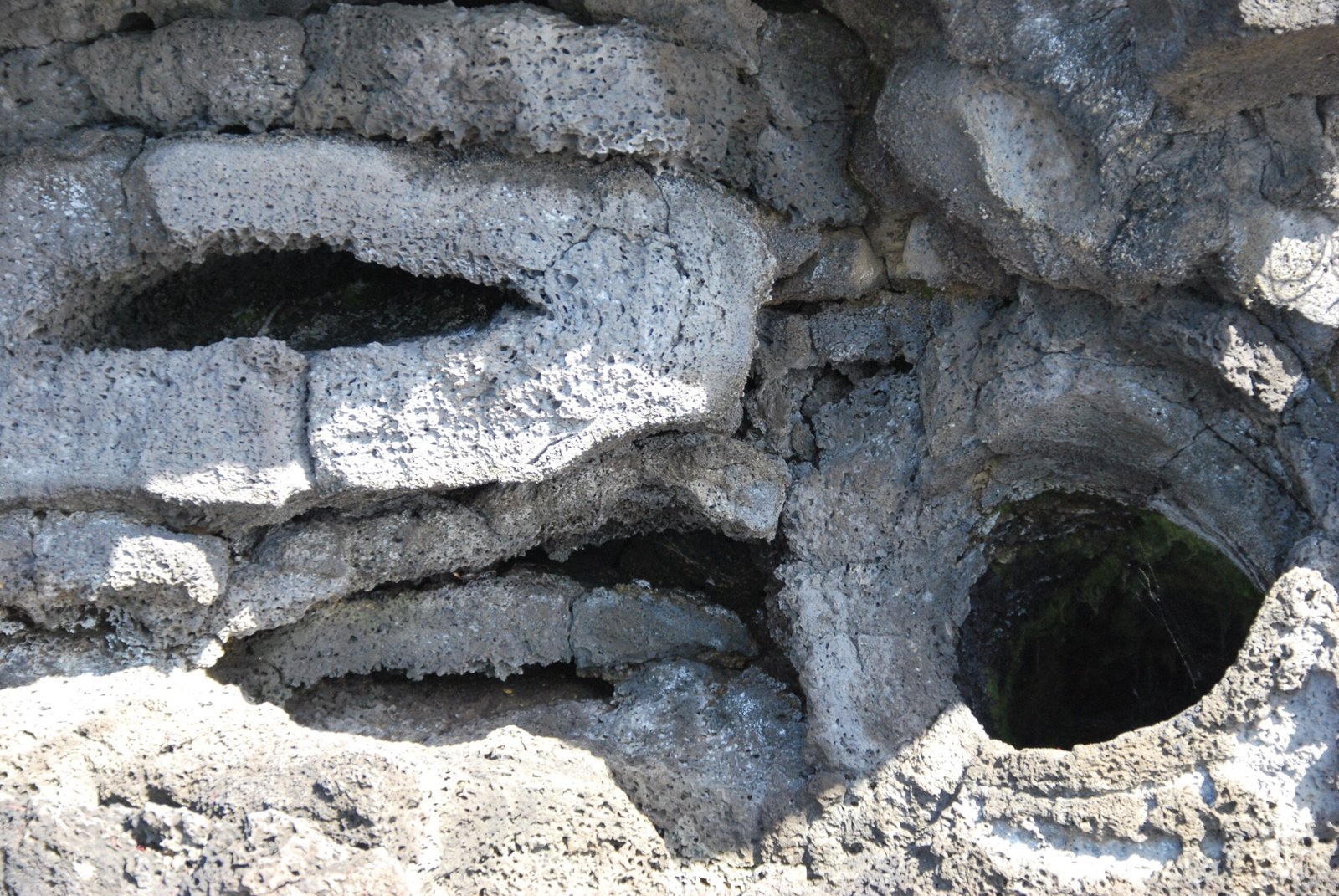
It’s not just animals that make the Badlands a paleontological goldmine. Fossilized plants, including ancient leaves, seeds, and even petrified wood, reveal the region’s transformation from subtropical forests to open grasslands. These botanical fossils help scientists reconstruct ancient climates, showing how shifts in temperature and rainfall shaped the rise and fall of species. The story of the Badlands is one of constant change, with plants often leading the way.
Fossil Fish: Clues From Ancient Waterways
While the Badlands are now dry and dusty, they were once crisscrossed by rivers and dotted with lakes. Fossils of ancient fish, including gar and bowfin, show that these waters teemed with life. Some of these fish species have barely changed over millions of years, earning them the nickname “living fossils.” Their presence in the Badlands adds another layer to our understanding of this complex, ever-evolving ecosystem.
The Power of Erosion: How the Badlands Reveal Their Secrets
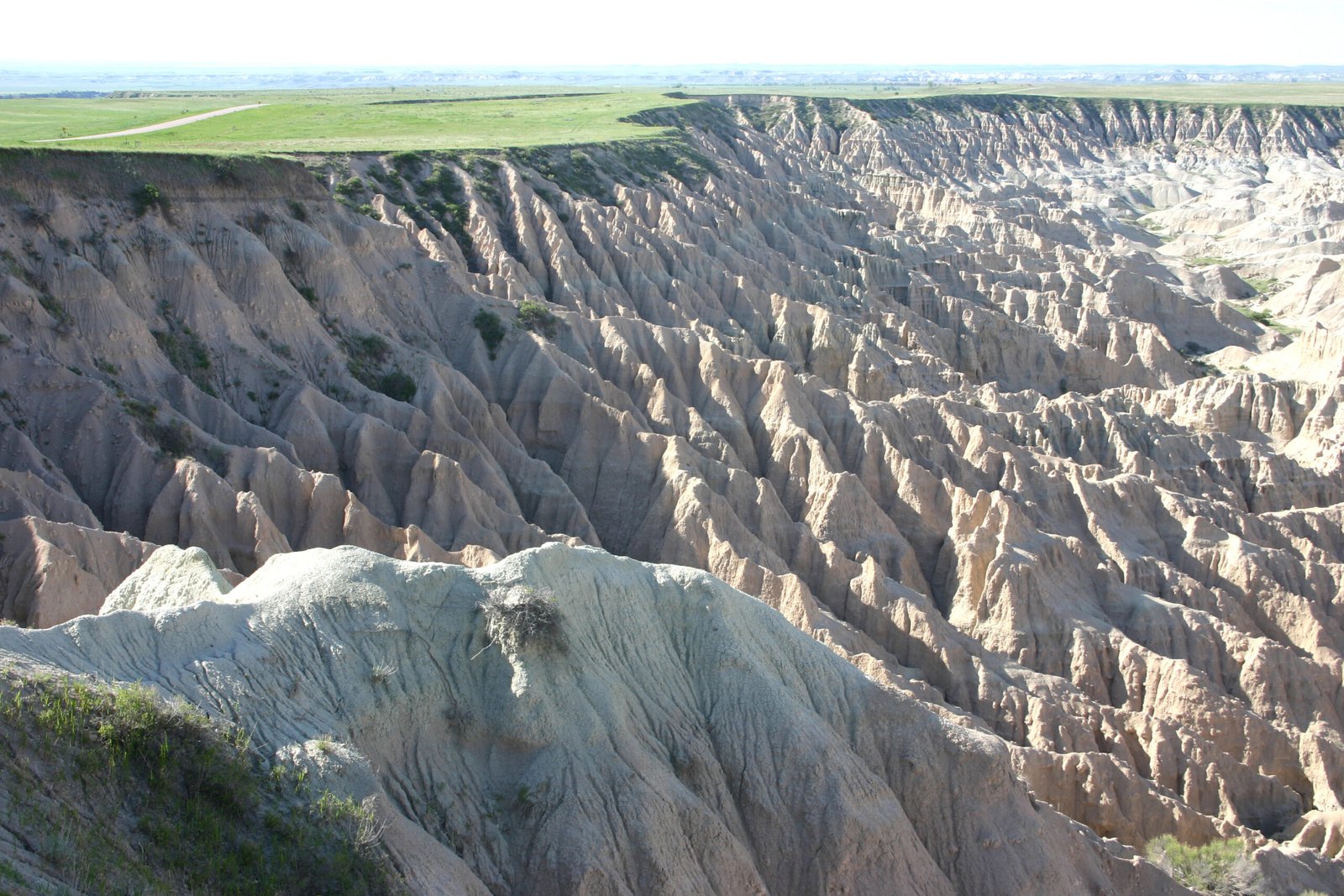
The stark beauty of the Badlands is the product of relentless erosion—a process that both creates and destroys. Wind, rain, and flash floods continually wear away the soft rock, exposing new fossils while sometimes washing others away forever. This constant churning of the landscape means that the Badlands are always changing, always offering new discoveries for those willing to search. The dramatic scenery is both a challenge and an invitation to explore the ancient world beneath the surface.
Modern Discoveries: New Fossils, New Stories

Even today, the Badlands remain a hotbed of paleontological discovery. Each summer, teams of scientists and volunteers unearth new fossils, from tiny teeth to massive skulls. Sometimes, these finds rewrite what we thought we knew about the past—like the recent discovery of a nearly complete brontothere skeleton, which shed light on how these giants lived and died. The thrill of discovery never fades, reminding us that science is a journey, not a destination.
Preserving the Past: The Role of Badlands National Park

Badlands National Park is more than just a scenic destination; it’s a guardian of prehistoric history. The park’s rangers and scientists work tirelessly to protect fossil sites from erosion, looting, and careless visitors. Educational programs teach people of all ages about the importance of fossils and the stories they tell. By safeguarding these treasures, the park ensures that future generations will be able to marvel at the giants of the past.
Visiting the Badlands: A Journey Through Time
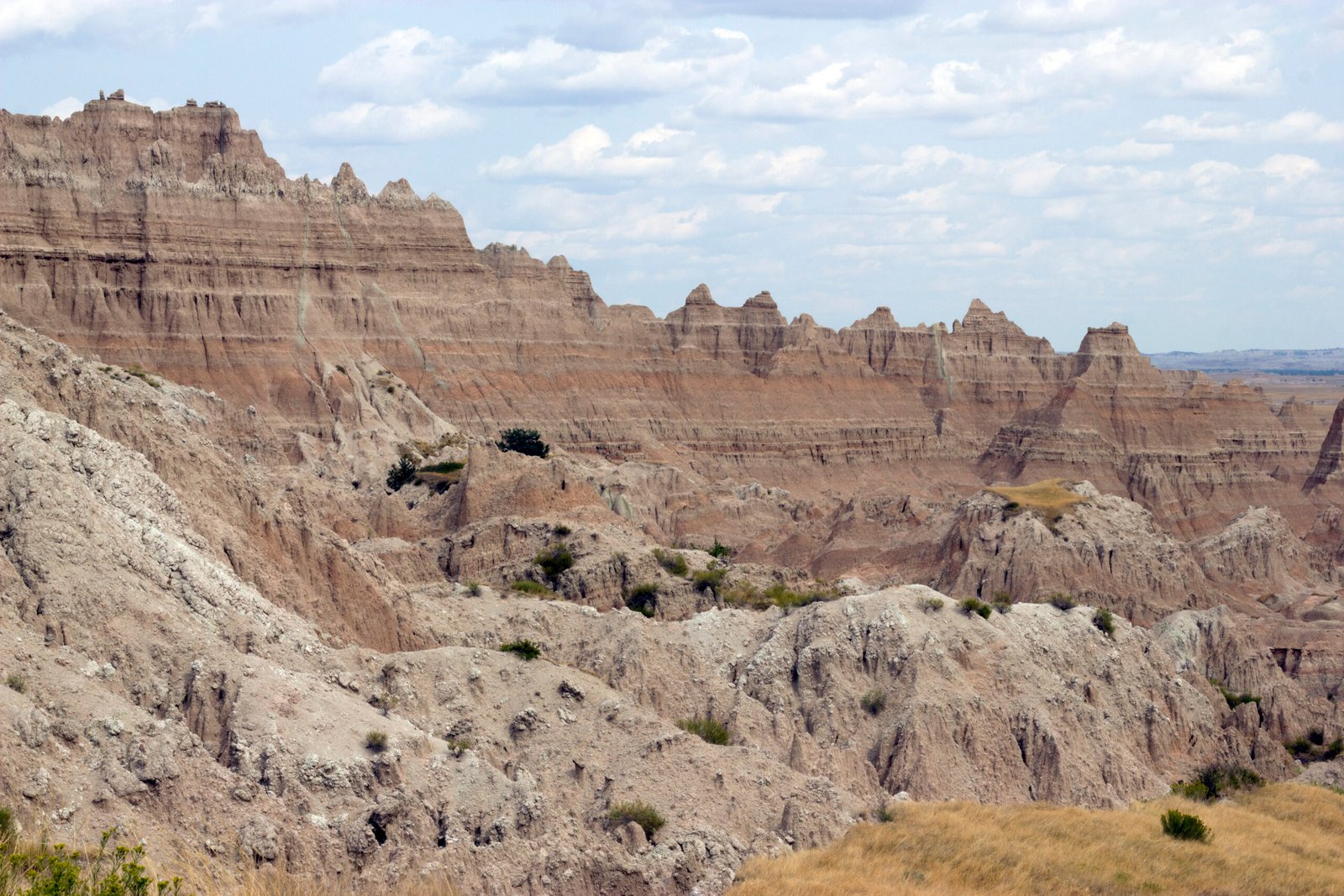
There’s nothing quite like standing in the Badlands and imagining the herds of prehistoric mammals that once roamed here. Visitors can hike fossil trails, join ranger-led programs, or even participate in real fossil digs. The landscape itself inspires awe, with its surreal rock formations and sweeping vistas. Whether you’re a seasoned scientist or a curious traveler, the Badlands offer a chance to step back in time and witness the grandeur of Earth’s ancient past.
What the Badlands Teach Us About Change
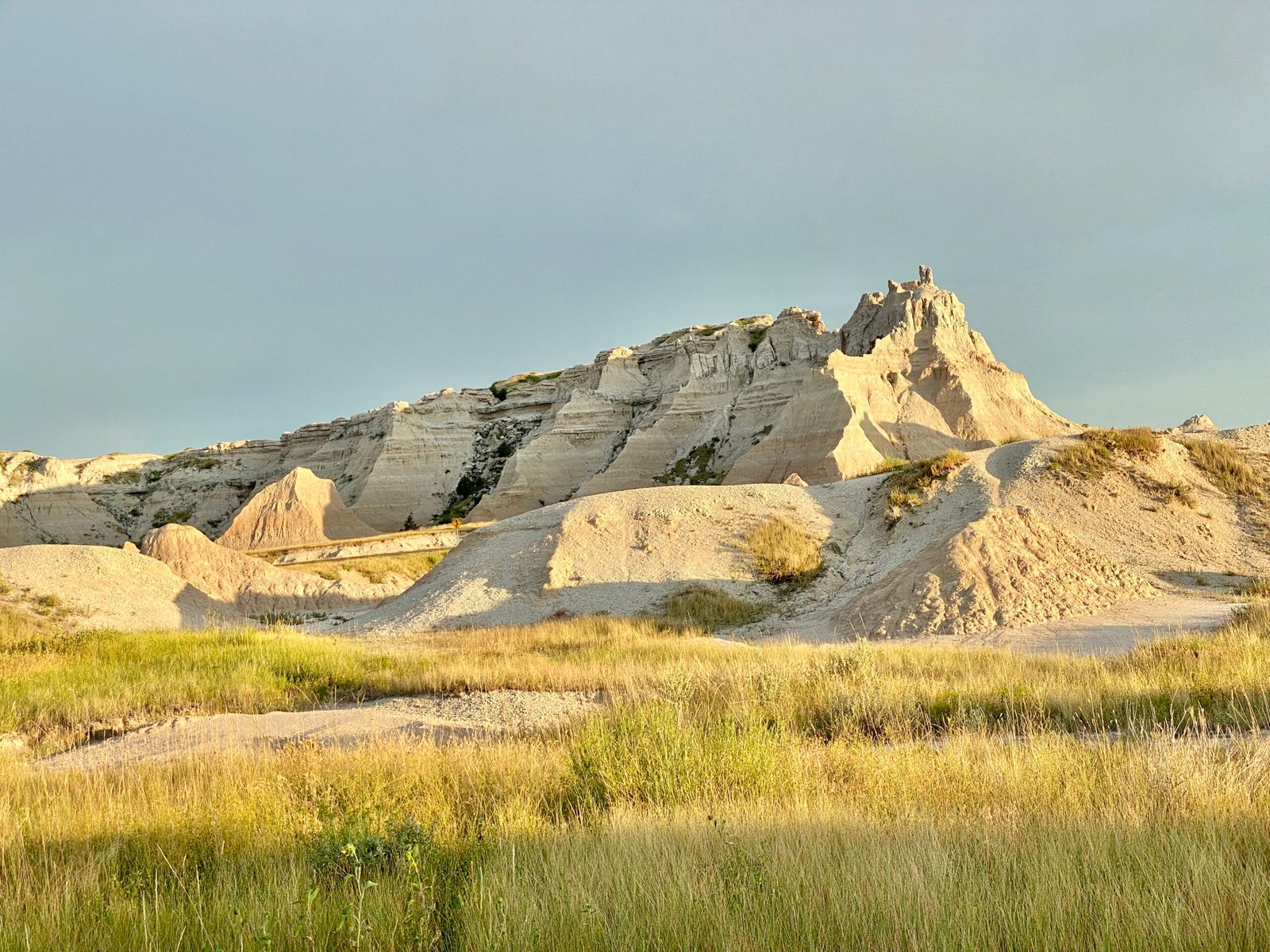
The prehistoric giants of South Dakota are more than relics; they are reminders of life’s resilience and adaptability. The Badlands’ fossils tell a story of survival in the face of shifting climates, catastrophic events, and relentless change. As we face our own challenges in the modern world, these ancient bones inspire us to learn, adapt, and protect the natural wonders around us. What other secrets might the Badlands still hold, waiting for someone curious enough to find them?



